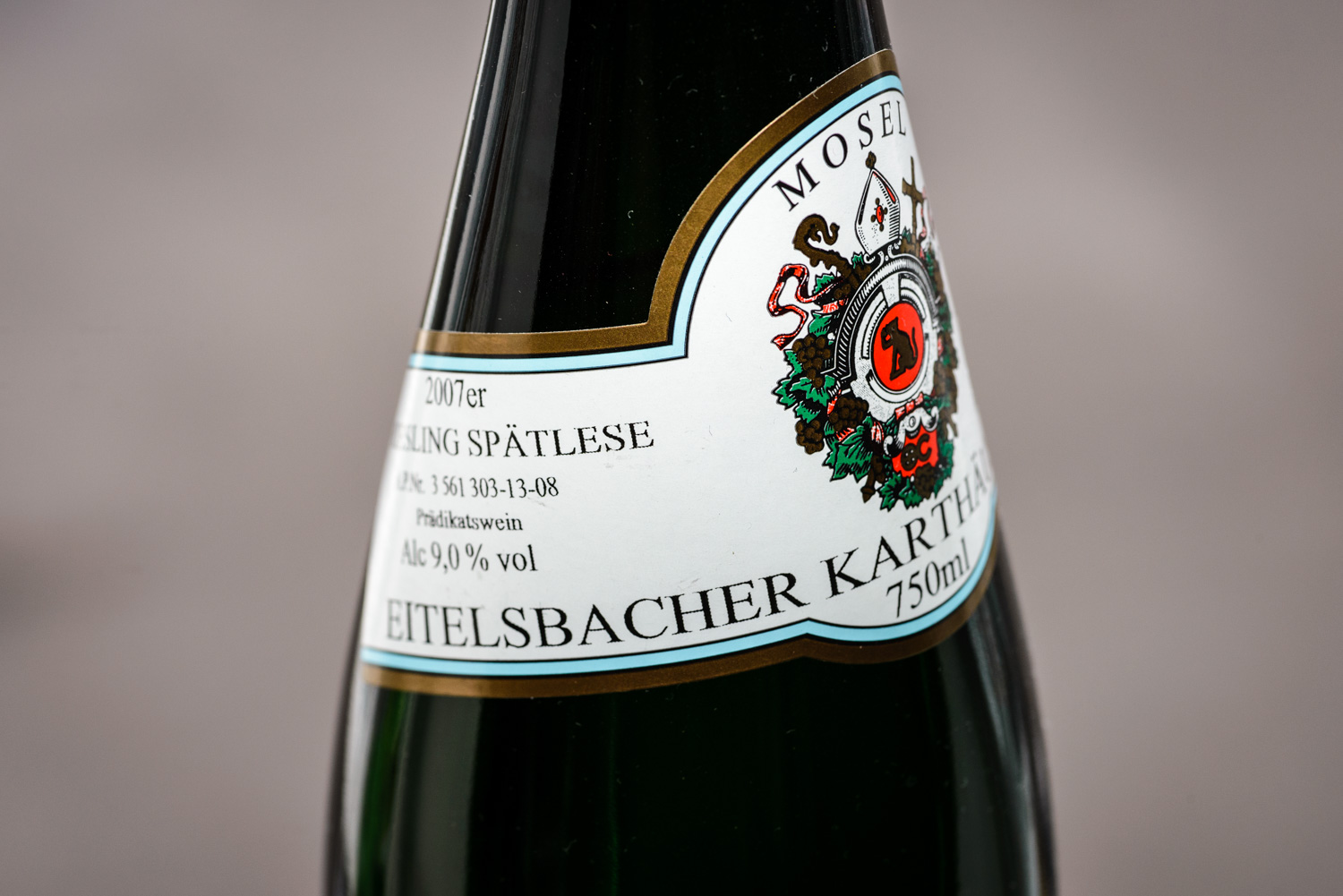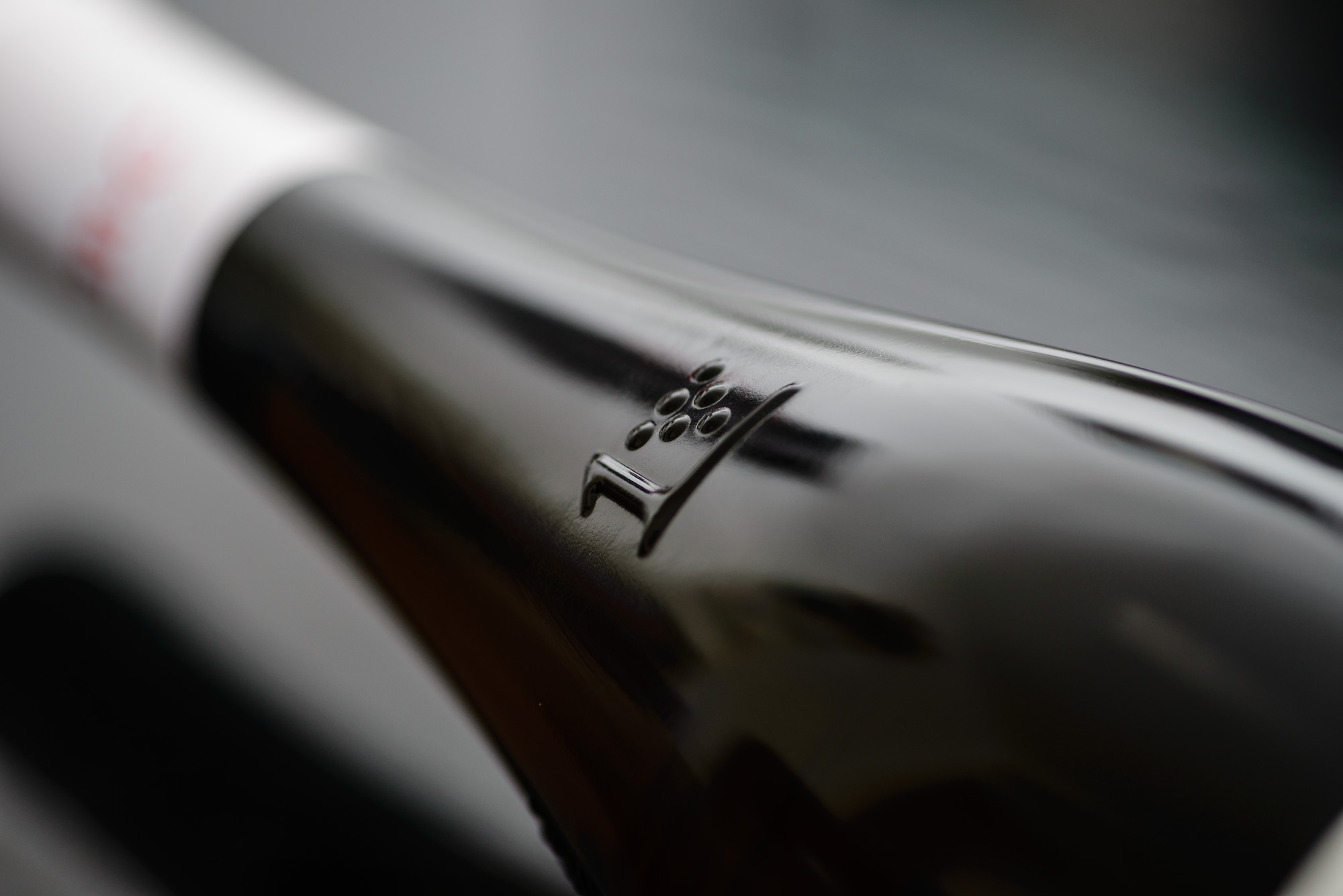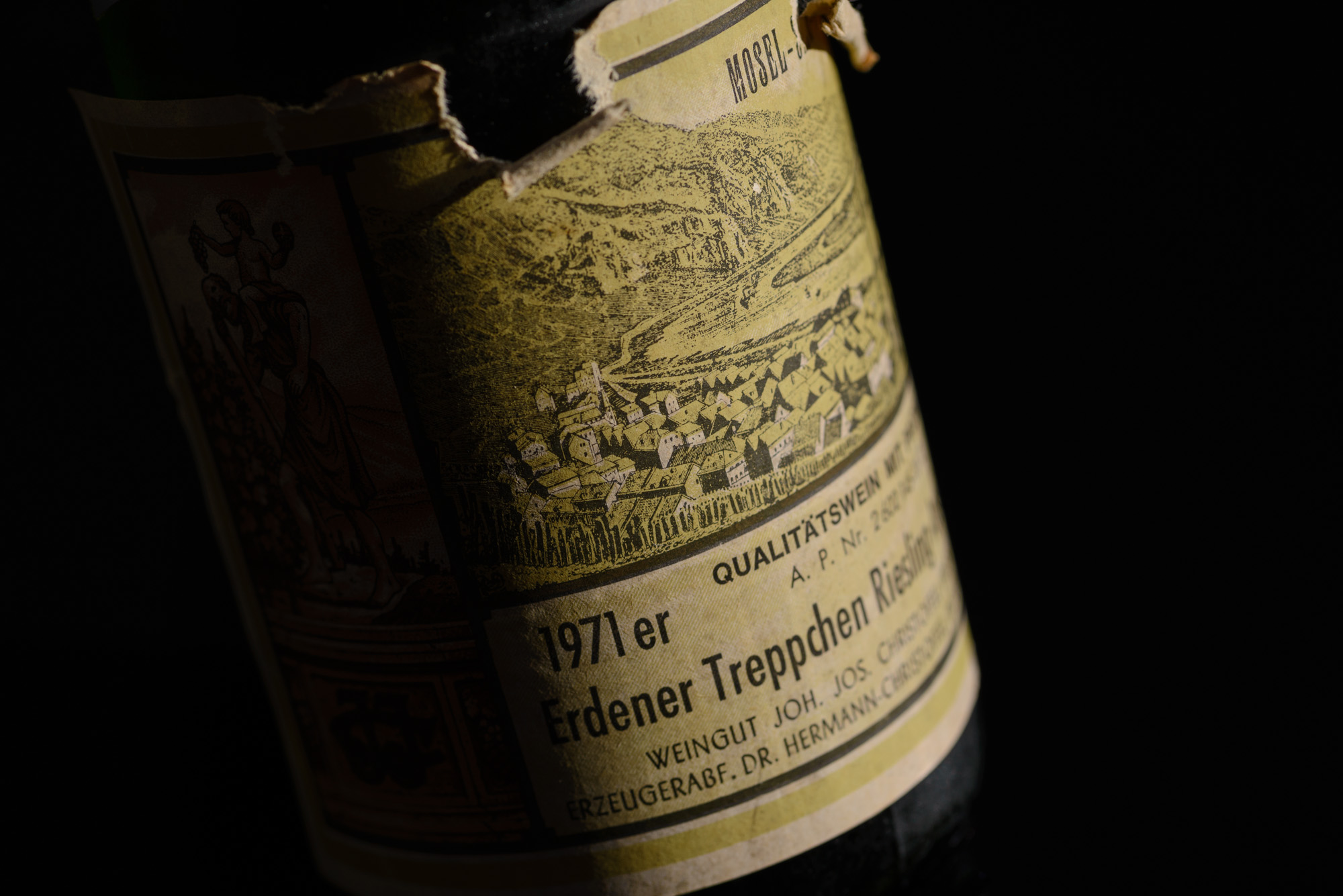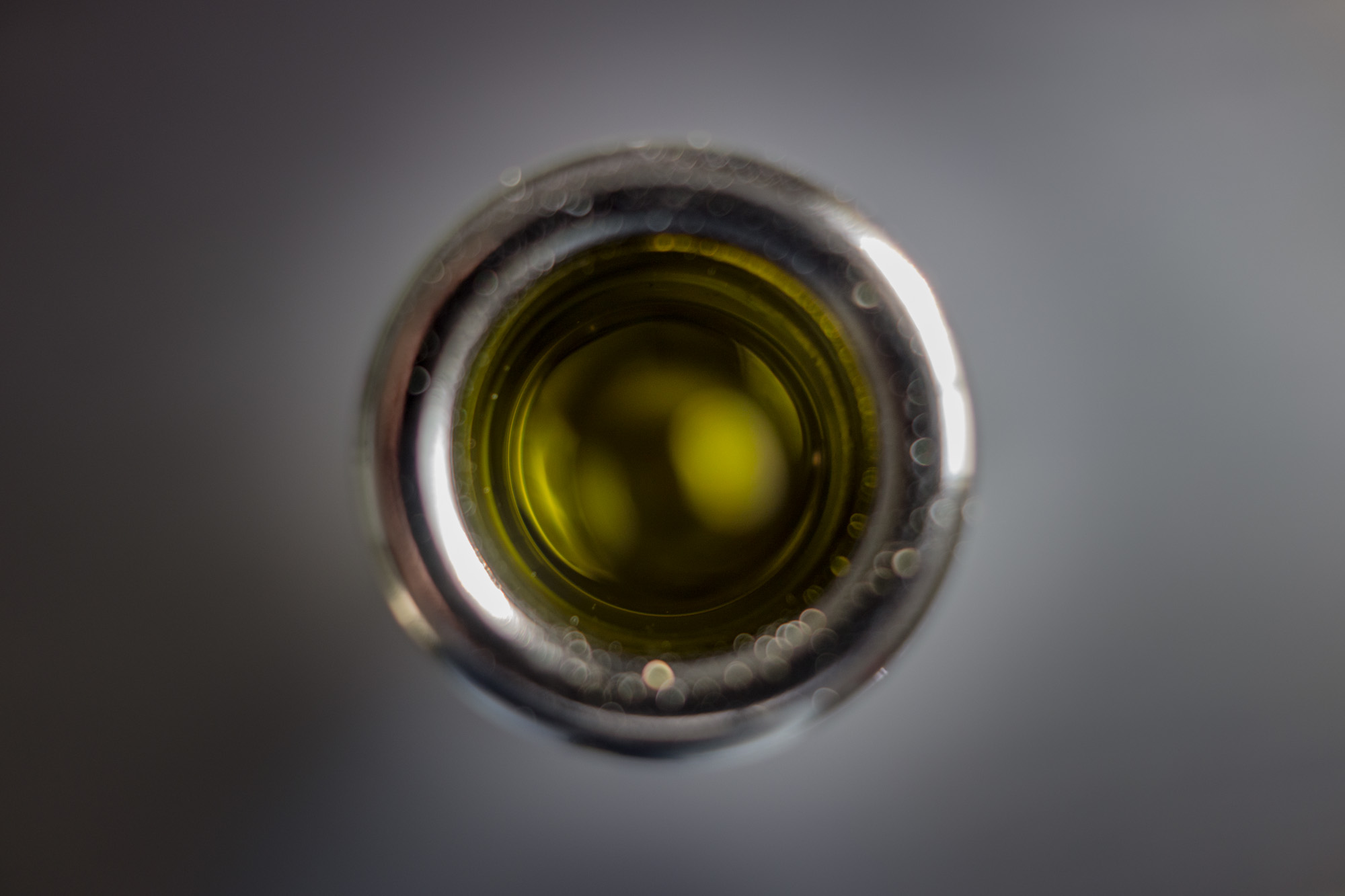German Gin, with Riesling? Ferdinand's Saar Dry Gin!
It took me almost two decades to appreciate gin. In my early drinking years, it was one of two spirits that I would always decline, as more than a glass made me sick (the other being ouzo). And let's face it, what else would you do with spirits in your late teenage years than have more than a glass? In the following, vaguely wiser years I enjoyed wine and stayed away from spirits - until I moved to gin central: London. Not only did I learn to appreciate a good gin and tonic, in those dire pubs where you are stuck between the Scylla of tart Sauvignon Blanc and the Charybdis of offensively dull lager even a mediocre G&T is a life (although perhaps not liver) saver. Today's gin is of a different calibre though, and an unusual beast too: a dry gin made in Germany, and intriguingly it is infused with late harvest Riesling grapes from a first class vineyard!  So when I was offered a tasting sample of "Ferdinand's Saar Dry Gin" I had to say yes, and I brought along a gin expert to help me taste it.
So when I was offered a tasting sample of "Ferdinand's Saar Dry Gin" I had to say yes, and I brought along a gin expert to help me taste it.

 The above-pictured late harvest from the Mosel tributary Ruwer falls into one of these two categories for me, so approach with care.
The above-pictured late harvest from the Mosel tributary Ruwer falls into one of these two categories for me, so approach with care. 

 However, it was not because of their noble lineage that I requested samples of the "Dachsfilet" (badger (mountain) fillet), but because this is noble Riesling made like red wine - fermented on the skin.
However, it was not because of their noble lineage that I requested samples of the "Dachsfilet" (badger (mountain) fillet), but because this is noble Riesling made like red wine - fermented on the skin.



